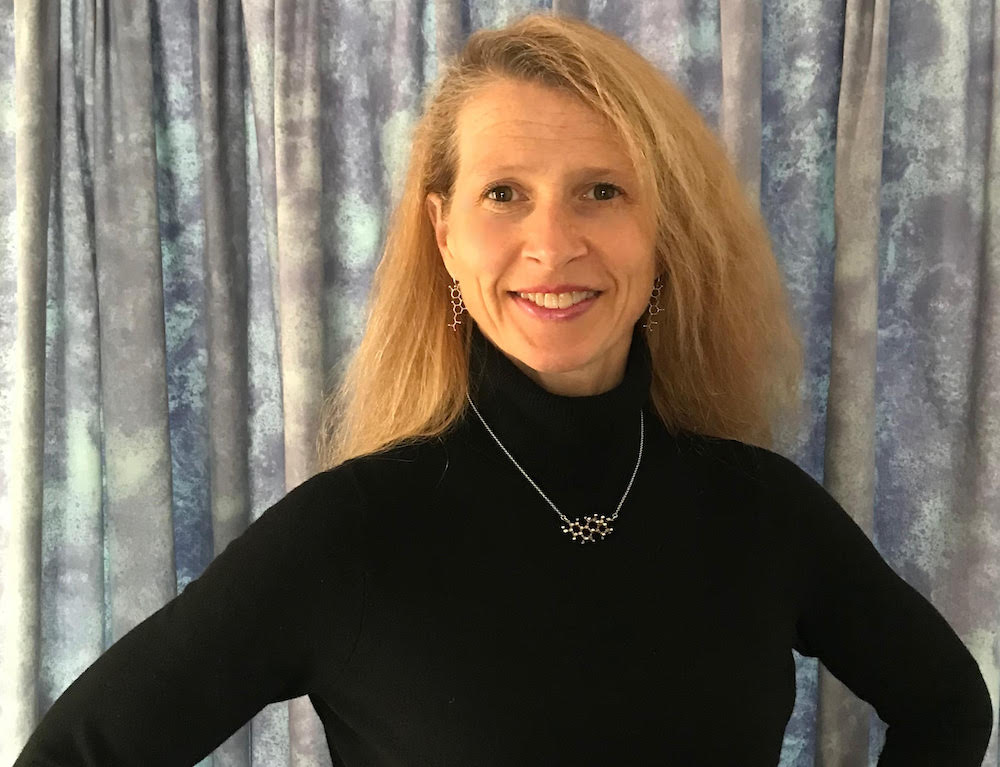
This guest post was written by Dr Nicky Keay, Honorary Clinical Lecturer, Division of Medicine, University College London. She is also the author of Hormones, Health and Human Potential. The recently released book explores the crucial role hormones play and what we can do to optimize them. Dr Keay will be presenting at the MedTech conference at University College London on 5/2/23.
Hormone knowledge is power.
Hormone understanding empowers women to make informed, personal decisions.
Dr Nicky Keay, Author of “Hormones, Health and Human Potential”
“Setting in motion”
The word hormone is derived from ancient Greek meaning “setting in motion”. This perfectly describes the mechanism of action of hormones in directing gene expression. When a hormone arrives at a cell it goes to the nucleus where the DNA resides. The genes in DNA code for different proteins. In this way hormones effectively bring our DNA to life. There is a whole orchestra of hormones playing a vital role in the symphony of life and health.
Female hormone choreography
Out of all the hormone networks, those of the woman are the most complex and beautiful. If you are ever referred to as being “hormonal”, please take this a compliment as Horme is the goddess of action and energy. The hormones of the menstrual cycle certainly live up to the description, playing a crucial role in all aspects of both physical and mental health. For example, the ovarian hormones oestradiol (the most active form of oestrogen) and progesterone are important for the full repertoire of bone, soft tissue, cardiovascular, gut, neurological and mental health.
Although there is a characteristic pattern of menstrual cycle hormone fluctuation, there are individual variations between women. This comes in the form of personal timing, levels and biological response to these hormones.
The female hormone journey
The choreography of female hormones over the menstrual cycle is very intricate. However, there is another level of complexity as this pattern of fluctuation changes over the lifespan.
Starting at the beginning There is an awakening and explosion of reproductive hormones during puberty, heralded by menarche, the onset of periods. From then onwards menstrual periods act as a barometer of healthy fluctuations in internal hormones over the menstrual cycle.
The reproductive years
There can be challenges to this repeating female hormone motif. Hormones have had many years of evolution to manage themselves to maintain homeostasis and health. However, a persistent imbalance in external behaviours around exercise, nutrition, sleep and stress management can disrupt the intricate choreography of menstrual cycle hormones. “Hormone imbalance” is a popular phrase. However, it is the imbalance in our behaviours that can lead to hormone dysregulation. It is important to distinguish between functional hormone dysfunction caused by external lifestyle factors and an internal medical hormone condition per se. Lifestyle interventions will restore hormone function in dyregulation, whereas in a medical condition, external hormone/medical intervention may be required. For example, a lack of periods (amenorrhoea) and supressed menstrual cycle hormones in a woman of reproductive age (and who is not pregnant) could be due to external factors resulting in functional hypothalamic amenorrhoea (FHA). Hormone function can be restored by re-addressing external factors. The combined oral contraceptive pill should not be given in FHA as this reinforces suppression of internal hormone production. Fortunately, after writing to NICE, the guidelines have been revised at the start of the year to clarify this point. On the other hand, where a medical condition has caused amenorrhoea, such as internal over production of prolactin from a prolactinoma, then medication will be required.
Graduation to menopause
The other flash point in the female hormone journey is when the ovaries retire in their production of eggs and hormones and a woman graduates to menopause. With increasing life expectancy, a woman can expect to spend at least a third of her life in menopause. Reviewing lifestyle factors around exercise and nutrition is the priority. Hormone replacement therapy (HRT) can maintain physiological levels of ovarian hormones to support quality of life and mitigate the increased risk of long-term health conditions such as cardiovascular disease and osteoporosis. Although menopause is a point in time, the lead up to this, perimenopause, can be particularly challenging as the ovaries ease into retirement. Mistiming of hormone fluctuations can present as varying symptoms including irregularity of periods, hot flushes, “brain fog” and many more. The British Menopause Society advise against commercial “perimenopause tests” based on blood or urine. A “test” implies a binary answer, whereas perimenopause is a journey. Rather medical doctors are advised to discuss lifestyle and HRT with women, sooner than later. This can help smooth out this part of the female hormone journey. To emphasise that menopause is not a “medical condition”, rather a natural physiological process that will occur during every woman’s lifetime. Providing evidence-based information enables woman to make informed decisions.
Augmentation of personalised hormone intelligence
To quote the Vice President of the Royal College of Obstetrics and Gynaecology “We need to treat women as individuals, not statistics”. This means integrating the great advances in Femtech with the experienced insights and the personal touch from medical professionals with expertise in hormones. Adopting this multifaceted approach will provide women with hormone knowledge and understanding to empower each woman to make informed choices to navigate her personal female hormone journey. This was my motivation for writing my book “Hormones, Health and Human Potential”. Hormone knowledge is power.
Dr Nicky Keay’s latest book Hormones, Health and Human Potential was published in October 2022 by Sequoia Books. It is available in paperback and Kindle via all retailers and directly from the Sequoia Books website.



